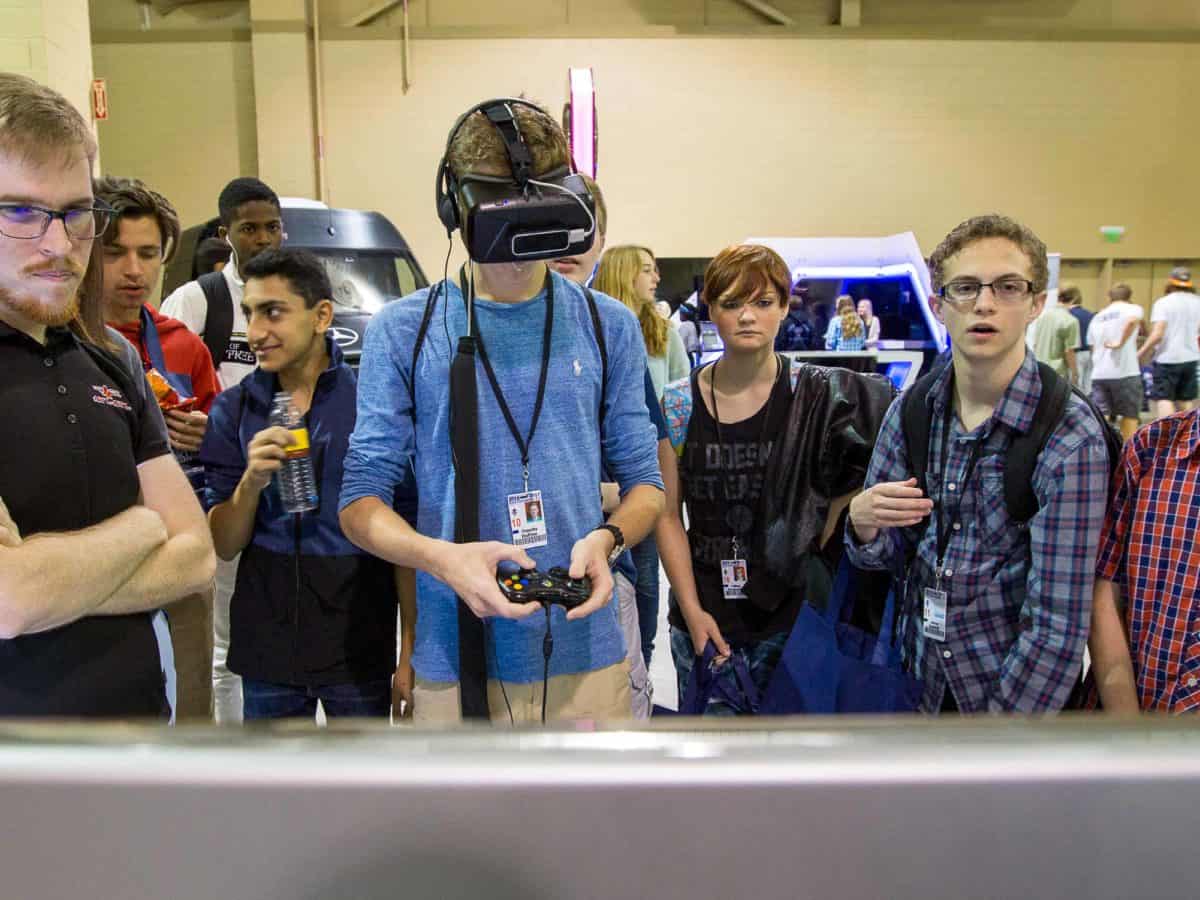

For nearly an hour last week, Sam Houston and I talked about STEM and the future of education in North Carolina. He was sitting in Dubai, looking out toward the super-tall skyscrapers there, and I was in my upstairs home office in Raleigh.
“I’m 7,000 miles from you, iPhone on my ear, and we could be next door,’’ he said, remarking on how easily we spoke through today’s telecommunication technology. And yet, it is not the be-all-and-end-all of technology. “We’re just starting the new world,” said Sam.
Samuel H. Houston Jr., Ed.D is president and CEO of the North Carolina Science, Mathematics and Technology Education Center, a nonprofit organization in Research Triangle Park that serves as the base for the NC STEM Learning Network. A former public school teacher, principal and superintendent, Houston has held an array of influential education-policy positions. (He serves on the EducationNC Board of Directors.)
I turned to Sam Houston for his insights as a capstone to EdNC’s reports this week on STEM. Houston is spending the Christmas and New Year’s holidays in Dubai and Sri Lanka, visiting two daughters whose spouses have overseas jobs. Still, he spoke with an urgency and a clear focus on the challenges facing North Carolina, where, he said, “we don’t have it all connected yet.”
I augmented my conversation with Sam by delving into two reports from the ACT testing organization. Data from its 2016 tests show that more than 51,500 North Carolina high school graduates have an interest in STEM, with 16,500 of them considered deeply interested. In both categories, North Carolina fell roughly 10 percentage points below the nation in the share of students meeting ACT college-readiness and STEM benchmarks.
“With technology advancing rapidly, the importance of STEM readiness is only increasing,” says the ACT analysis. “The threat of robotic and computer-assisted technologies eliminating jobs is growing while the remaining and emerging jobs will likely require higher-level skills. ACT data continue to show that many graduates are not ready.”
Houston, too, worries that North Carolina will not produce enough graduates of high schools, community colleges, and universities prepared for a turbulent future. “We have got to have young people who know what to do when they don’t know what to do,” he said.
Here are key points I took away from our extra-long-distance conversation:
- The state needs more high-skill teachers. After having abolished the robust Teaching Fellows Program, the legislature has reestablished a slimmed-down scholarship initiative with 160 slots for prospective STEM teachers. The ACT report says of the 2017 North Carolina graduating class, only three percent of graduates indicated that they plan to major in education. Houston said that the state needs its university system to launch a “frontal assault’’ on the teacher-supply problem — and to re-think licensing and certification.
- Public schools need to marshal both guidance counselors and teachers to help young people, especially minority males, face what Houston termed a “belief gap’’ – that is, to believe that they can adapt to an economic environment requiring higher skills. The goal, he said, should be that “every child in this school belongs to an adult.”
- The challenge confronting North Carolina educators and policymakers is not simply adjusting a few courses in the curriculum or taking incremental steps but rather a thorough-going upgrading of policy, procedures and expectations for its schools. From management to testing, said Houston, “we’ve got to change what we think of as an education experience.”
Houston is a leader in the chorus whose lyrics elevate community colleges as an effective pathway for young people not inclined to enroll in a university. He called for more internships, apprenticeships and job-shadowing for students – all of which requires more collaboration between schools and businesses.
“As kids grow older in the system,” said Houston, “they should spend less time in the building…The high school of the 21st Century is a school kids drop by instead of attending.”
Of course, some educators and parents want STEM expanded to STEAM – to add arts into the technology-and-education mix. And some, like me, want to assure that public education serves its original mandate to create an educated citizenry for a democracy.
“I don’t think we should apologize’’ for seeking to align education so that students can ultimately thrive in a fast-changing economy, Houston said. The state needs an “honest open debate’’ over the appropriate mix of STEM, arts and humanities so as to produce creative problem-solvers. As its central theme, his center seeks to produce “Strategies That Engage Minds.’’
From 7,000 miles away, in a setting that emphasizes the pressures of globalization, Sam Houston asked, “Are we willing to do what we need to do?”


